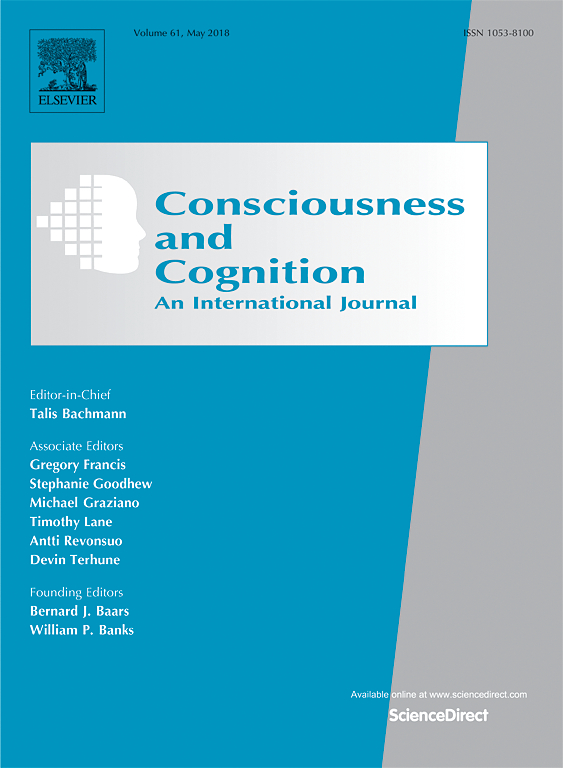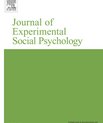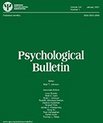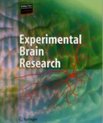How bizarre? A pluralist approach to dream content
Article published in Consciousness and Cognition

Abstract
Are dreams bizarre, nonsensical experiences or real-world simulations? I introduce a pluralist approach to dream content that highlights the philosophical and empirical implications of treating dreaming as a highly varied experience that can be anywhere on a spectrum from truly bizarre and incoherent to wake-like and mundane. Here I discuss several explanations for why theorists disagree on whether dreams should be defined as primarily bizarre or convincing, real-world simulations. Rating scales can underestimate or overestimate bizarreness depending on the variables of the scale and interpretation of contextual factors. Although double blind analysis of dream reports is assumed to be the most accurate method of quantifying dream bizarreness, contextual factors can only be clarified by the dreamer themselves, since only they can judge whether an event would be bizarre in their own lives, however the dreamer might find elements bizarre after waking that they did not find unusual during the dream. Dreams can at times be so bizarre and incoherent that that they are difficult or impossible to report accurately, mundane and indistinguishable from waking life or anything in-between. Both bizarre and mundane dreams should be of great interest to philosophers of mind and cognitive scientists.
Melanie G. Rosen (2018): How bizarre? A pluralist approach to dream content. Consciousness and Cognition. Volume 62, July 2018, Pages 148-162
Link to article



